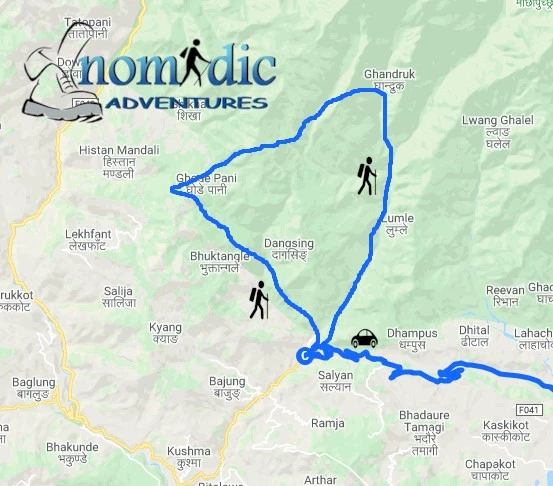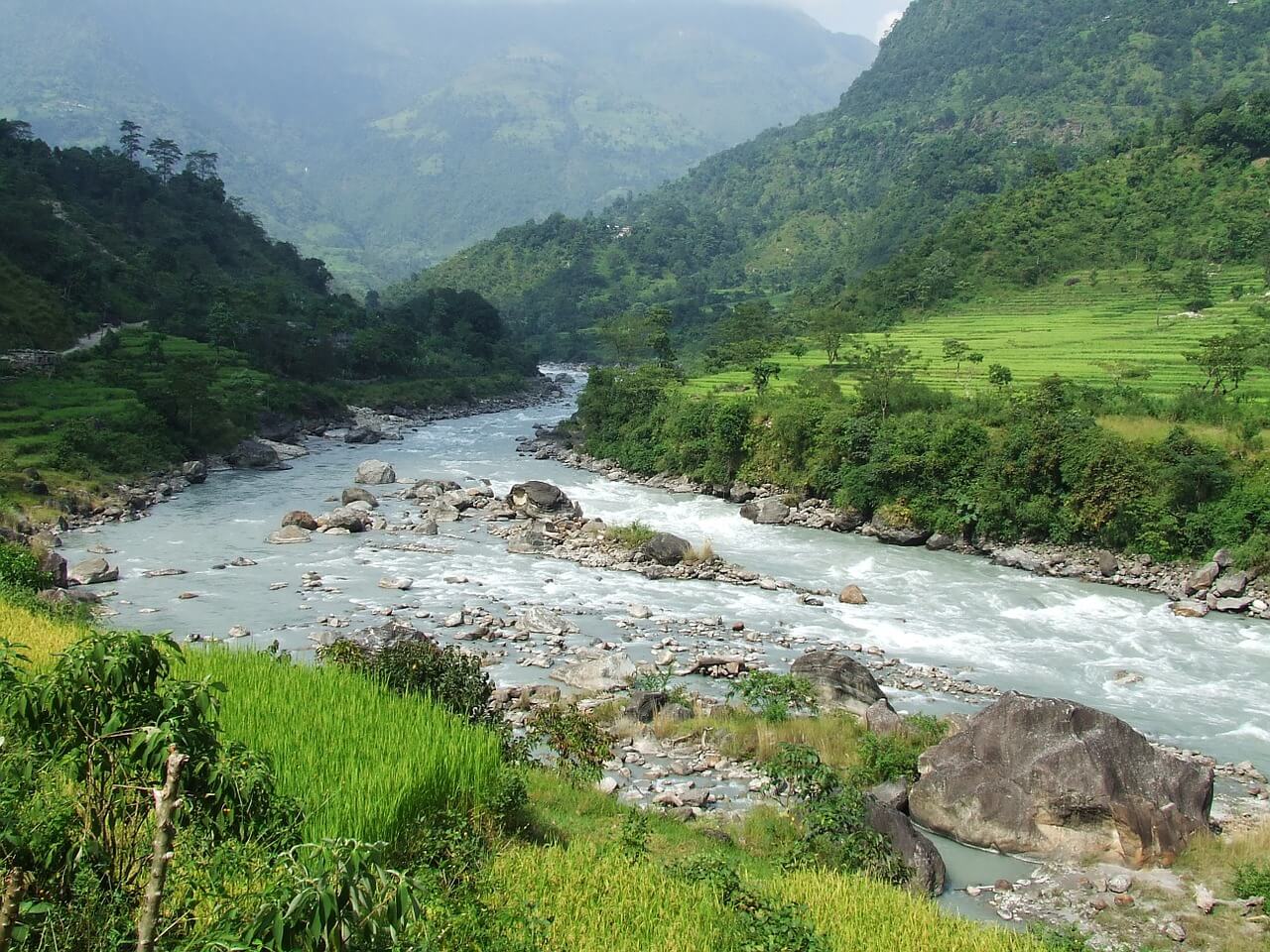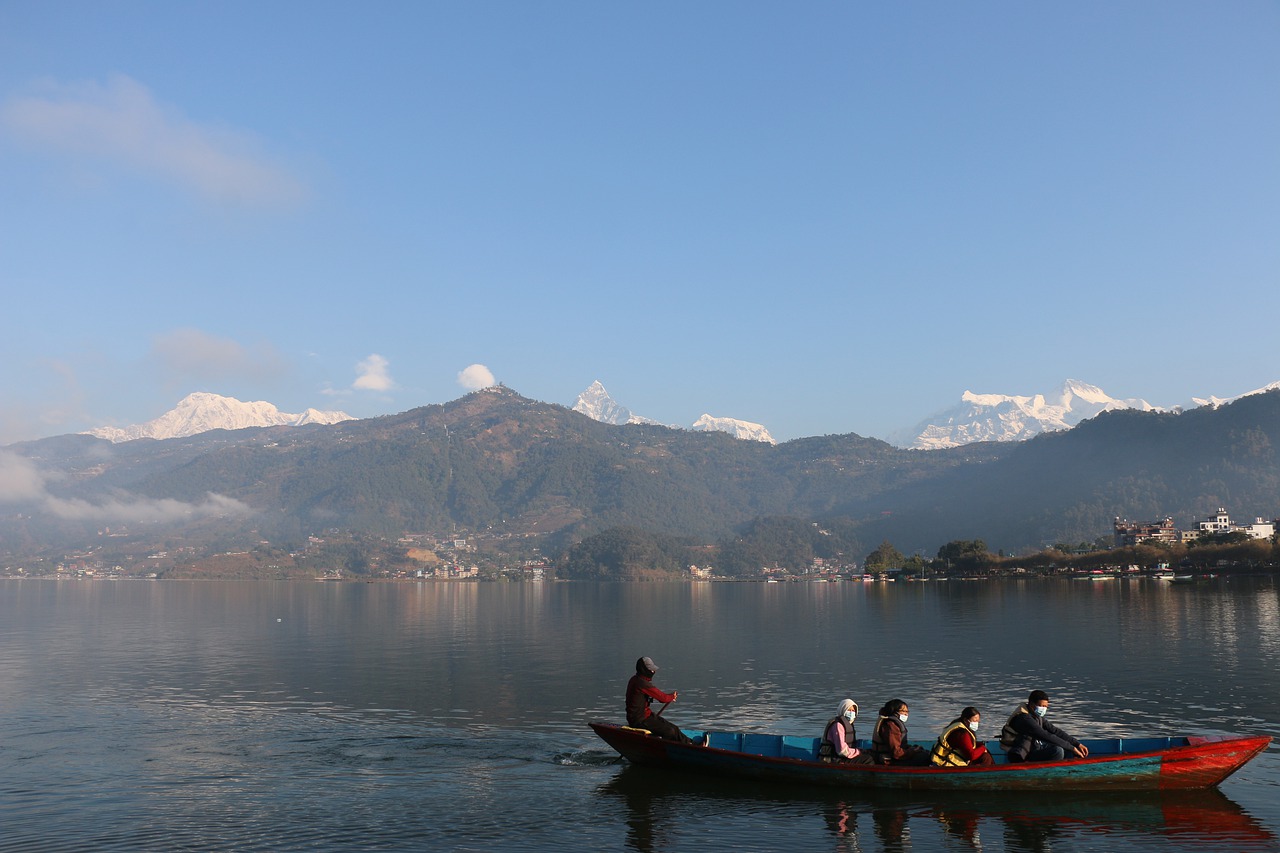Ghorepani Poon Hill
Ghorepani trek, Poon Hill or the Annapurna Sunrise Trek

Day-1: Arrive Kathmandu
Day-2: Guided Sightseeing
Day-3: Flight to Pokhara
Day-4: Trek to Ghandruk
Day-5 : Trek to Tadapani
Day-6 : Trek to Ghorepani
Day-7: Hike up Poon hill, Trek to Tirkhedunga
Day-8: Trek to Nayapul, drive to Pokhara
Day-9: Fly to Kathmandu
Day-10: Depart

Day-1: Arrive Kathmandu
Arrival and transfer to Hotel.
Day-2: Guided Sightseeing
Guided sightseeing around Kathmandu valley.
Day-3: Flight/drive to Pokhara
This morning we fly / drive to Pokhara. After checking in at the hotel we head out to view the major sites to include Vindyavasini Temple, and Mahendra Cave. We also visit the Tibetan Refugee Camp and continue to David Falls before getting back to the Hotel. You can have some free time around the main Pokhara city to explore in on your own.
Day-4: Trek to Ghandruk (1950m)
After breakfast, drive to the trek starting point Naya Pul (1 hr). The trek starts with descent of an hour to Birethanti. We then walk through the rice fields along the riverside to Syaulibazar. To get Ghandruk (1,950m) we climb through rice fields and forest. Here you will find an interesting Gurung village with a good chance to see the famous Fishtail mountain, Machupuchre.
Day-5 : Trek to Tadapani (2540m)
We will trek through the dense forest preserved by Annapurna Conservation Area Project (ACAP) for 3 hours. We will reach Banthanti for lunch after which the route ascends and descends until we reach Tadapani (2,540m).

Day-6 : Trek to Ghorepani (2834m)
The climb is steep in some places as we head through a mixed forest of oak, magnolia and rhododendron to a small forest clearing. The trail then heads up to a ridge with fine views and drops a little to Ghorapani at 2834 meters. (Trekking: 5 hrs)
Day-7: Hike up Poon hill, Trek to Tirkhedunga (1360m)
This morning we trek up Poon Hill at 3210m, a vantage point to view the Dhaulagiri (8167 m) and the Annapurna massif. We then head through rhododendron forests and make a steep descend on a stone staircase to Tirkhedungha (1,360m). (Trekking: 6 hrs)
Day-8: Trek to Nayapul, drive to Pokhara
An easy walk of 3/4 hours which brings us back to Naya Pul, from where we drive to Pokhara (1hr). Enjoy the attractions of Pokhara on your own. Overnight Hotel.

Day-9: Fly to Kathmandu
This morning we will rise early and drive to Sarangkot Hill for a view of sunrise over Machupuchre. After breakfast elephant, land rover and canoes will transfer you to waiting vehicles. You will drive to airport and fly to Kathmandu. Rest will be the Free at leisure at Kathmandu. Hotel
Day-10: Depart
End of services